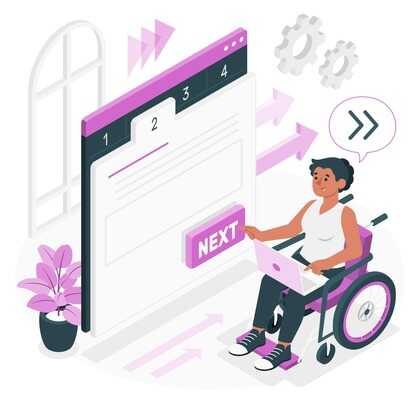In today’s digital age, creating inclusive experiences is paramount to ensure equal access and participation for all users. Inclusive design focuses on designing products, services, and environments that consider the diverse needs and abilities of individuals. By adopting inclusive design principles, businesses can empower users with disabilities, providing them with seamless and accessible experiences. In this article, we will explore the concept of inclusive design, its importance, benefits, and practical implementation.
I. Introduction
Inclusive design is an approach that aims to make products and services usable by as many people as possible, regardless of their age, abilities, or disabilities. It recognizes that diversity is an integral part of society, and design should reflect this reality. Rather than considering accessibility as an afterthought, inclusive design ensures accessibility is integrated from the initial stages of the design process.








